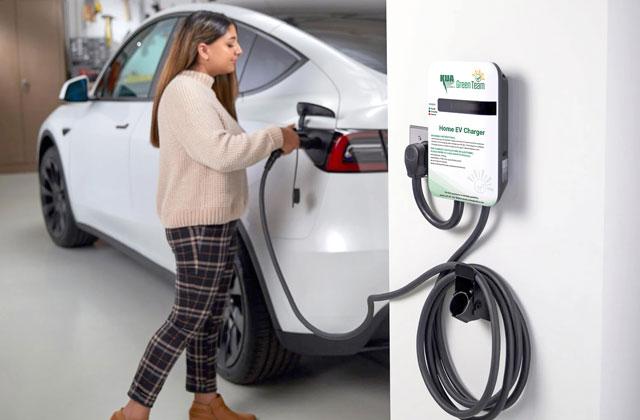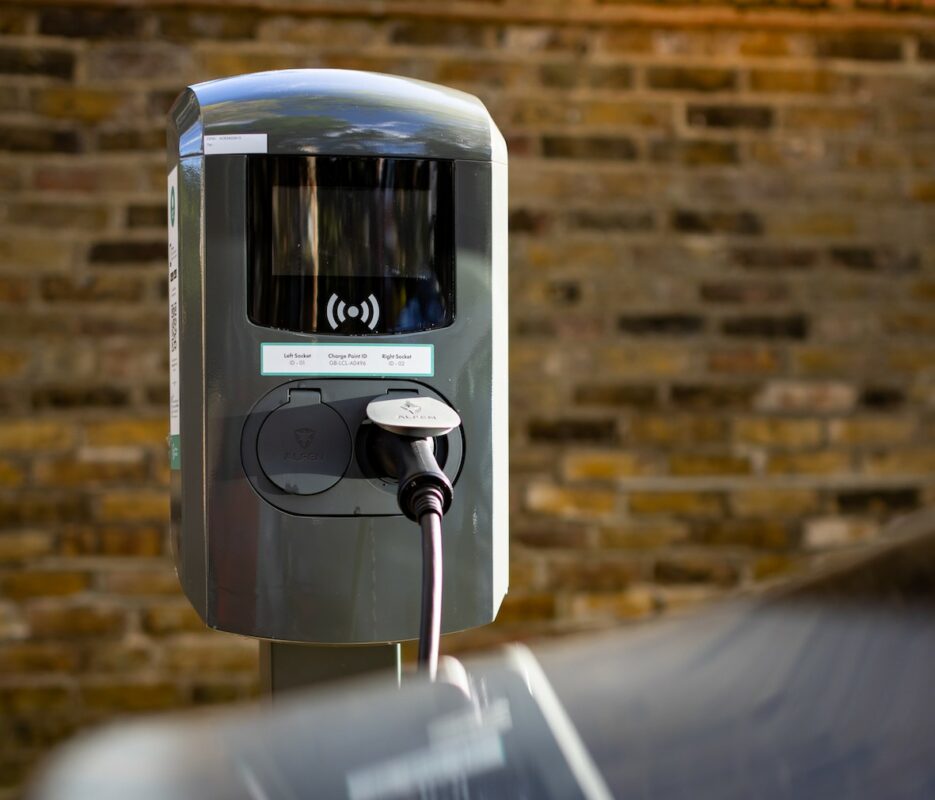Everything You Should Know Before You Decide to Buy EV Charging news
Everything You Should Know Before You Decide to Buy EV Charging news
Blog Article
Leading EV Charging News: Key Updates on Infrastructure and Development

Current Innovations in Fast-Charging Technology

Moreover, improvements in battery technology, consisting of enhanced thermal management systems and higher power thickness batteries, complement fast-charging capacities. These advancements alleviate the risk of battery deterioration throughout quick charging, guaranteeing long life and efficiency for EV owners.
Furthermore, the assimilation of clever charging services is boosting customer experience, enabling real-time tracking and dynamic rates versions. EV Charging news. This flexibility allows motorists to maximize billing costs and times based on grid demand
As automakers remain to spend in fast-charging networks, the cooperation in between sector stakeholders is essential. Partnerships between charging station suppliers and auto suppliers are leading the way for extensive coverage, ultimately fostering a more robust EV community. These developments are critical in supporting the shift to sustainable transportation.
Government Initiatives for Billing Development
Federal government efforts play an important duty in the growth of electric car (EV) charging infrastructure, facilitating the change to lasting transport. Different federal and state programs are being implemented to boost billing availability, decrease the financial burden on customers, and promote the adoption of electrical automobiles.
Significantly, the U.S. federal government has actually assigned significant financing with the Infrastructure Financial Investment and Jobs Act, which allocates $7.5 billion for EV charging network growth across the nation. This financing is focused on deploying hundreds of brand-new billing terminals, especially in underserved areas, thus attending to variety anxiety amongst prospective EV customers.
Furthermore, various states are enacting regulation to streamline the allowing process for billing station installments, which is important for accelerating deployment. Incentives such as tax credit ratings and rebates for both consumers and services are also being presented to encourage the setup of billing framework.
Furthermore, public-private partnerships are increasingly coming to be a focus, leveraging private investment to match federal government financing. These campaigns underscore a collaborative method vital for constructing a reliable and comprehensive EV charging network, eventually adding to a greener and even more lasting future.
Ingenious Battery Solutions Enhancing Effectiveness
Changing the landscape of electric vehicle (EV) technology, innovative battery remedies are considerably boosting performance and performance. Developments in battery chemistry, particularly with lithium-sulfur and solid-state batteries, are causing increased energy density, which permits longer arrays and faster billing times. These new battery types have the potential to outperform conventional lithium-ion batteries by providing higher capacities while decreasing weight, thus enhancing total vehicle effectiveness.
Moreover, growths in battery management systems (BMS) are optimizing power use and expanding battery life expectancy. Smart algorithms monitor battery wellness and efficiency, allowing real-time changes to billing and releasing procedures. This not just improves the performance of the battery however also makes certain a more sustainable and trustworthy energy source for click for source EVs.
Furthermore, the assimilation of recycling innovations is attending to the ecological effect of battery manufacturing and disposal. Advancements in second-life applications for EV batteries are promoting their usage in energy storage space systems, adding to a circular economic climate.
As these innovative battery solutions continue to progress, they promise to change the EV market, making electrical vehicles more enticing and obtainable to a wider target market while sustaining global sustainability goals.

Cooperation In Between Automakers and Charging Networks
Identifying the critical need for a robust charging facilities, car manufacturers are increasingly collaborating with charging network suppliers to improve the EV ownership experience (EV Charging news). These collaborations aim to create a seamless charging ecological community that profits customers and sustains the transition to electric vehicles
Major auto brand names are joining forces with well established charging networks to increase their charging terminal coverage, ensuring motorists have accessibility to reliable and practical charging choices. this post Collaborations with networks like ChargePoint and Electrify America allow car manufacturers to incorporate charging options directly right into their automobiles' navigation systems, assisting individuals to the local terminals and providing real-time availability updates.
In addition, these partnerships often cause the development of fast-charging modern technologies that substantially reduce the time required to charge an EV. By merging resources and expertise, car manufacturers and billing networks can innovate much faster, creating options that meet the growing need for electric wheelchair.
On top of that, joint efforts might also result in even more standardized charging methods, which can alleviate consumer complication and advertise broader EV fostering. On the whole, these tactical alliances are crucial in building a effective and straightforward charging facilities that satisfies the requirements of an increasing electrical vehicle market.
Challenges Dealing With EV Billing Framework
As the electrical vehicle market remains to grow, a number of difficulties are appearing that prevent the growth of a comprehensive charging infrastructure. One of the main challenges is the inadequate variety of billing terminals, especially in underserved and country metropolitan locations. This space produces variety anxiousness amongst prospective EV purchasers, preventing them from making the button.
In addition, the lack of standardization in charging modern technology complicates the infrastructure landscape. Variants in plug types read and charging rates can create complication for individuals and enhance functional complexities for charging network drivers.
Another pushing problem is the high cost connected with the setup and upkeep of charging terminals, which can be a barrier for both public entities and personal organizations. Lastly, regulatory obstacles and zoning restrictions can postpone the deployment of billing infrastructure, hampering progress in broadening important solutions. Dealing with these obstacles will certainly be crucial for promoting a durable EV community that sustains the change to sustainable transportation.
Final Thought
To conclude, the ongoing developments in EV charging innovation, sustained by substantial federal government campaigns and innovative battery solutions, are important for the growth and effectiveness of electrical automobile framework. Cooperations in between car manufacturers and billing providers further enhance station coverage, addressing the growing demand for accessible charging alternatives. Regardless of obstacles that linger within the EV billing landscape, these advancements represent a positive trajectory towards a more effective and sustainable electric vehicle ecosystem.
Technologies in billing facilities have led to the development of ultra-fast battery chargers qualified of providing up to 350 kW of power, considerably reducing billing times. Variants in plug types and billing rates can create confusion for users and increase functional complexities for charging network drivers.In final thought, the ongoing advancements in EV billing innovation, supported by substantial government initiatives and cutting-edge battery services, are crucial for the development and effectiveness of electric automobile infrastructure. Cooperations between automakers and billing suppliers even more boost station insurance coverage, attending to the expanding demand for accessible charging alternatives. In spite of obstacles that continue within the EV billing landscape, these developments indicate a positive trajectory in the direction of a more efficient and lasting electrical car environment.
Report this page